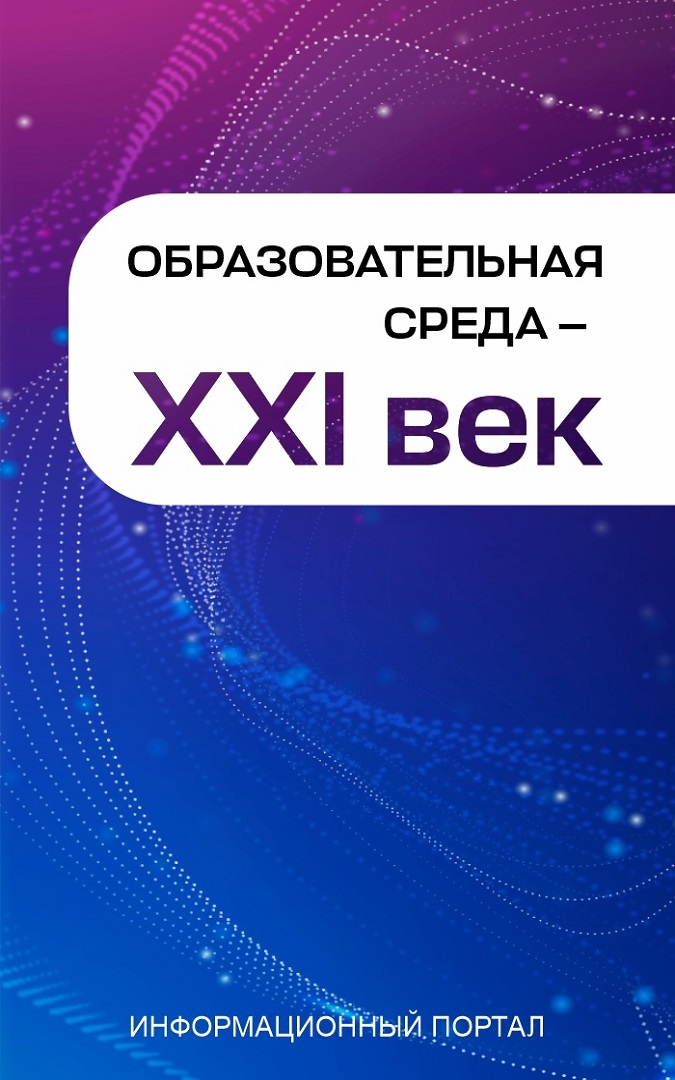Sevostyanov P.I., Shunkov V.E., Makayev A.R.
DEVELOPMENT OF WIND ENERGY DURING THE FORMATION OF THE CIRCULAR ECONOMY: THE RUSSIAN ASPECT
UDC 330
DOI: http://doi.org/10.15350/2409-7616.2023.3.23
Sevostyanov P.I.1 (Moscow, Russian Federation) – Sevostyanov.PI@rea.ru, Shunkov V.E.2 (Moscow, Russian Federation) – shunkovjr@niisi.msk.ru, Makayev A.R.1 (Moscow, Russian Federation) – Makaev.AR@rea.ru
1Plekhanov Russian Economic University
2Research Institute of Systems Research of the Russian Academy of Sciences
Abstract. The introduction of energy generation based on renewable energy sources (RES) into the mechanisms of sustainable functioning of the fuel and energy complex of modern states is a priority direction of economic policy and an urgent research task. The purpose of the study is to assess the socio-economic consequences of increasing the capacity of wind power plants for Russia with the identification of the most significant risks of the introduction of wind energy technologies under the influence of political and economic factors. The methodology is mainly represented by an event analysis of the international agenda in the field of wind generation implementation. As a result of the study, the possibilities and priority vectors of wind energy development were identified, taking into account the Russian context in the conditions of international tension and the dynamics of the world economy in the medium and long term; the operationalization of the main risks of the development of wind energy technologies in Russia related to sanctions pressure, difficulties in international cooperation, and the withdrawal of large European corporations from the Russian market was carried out. In addition, the state measures to support the Russian economy in order to increase the volume of wind energy and reduce the cost of energy are analyzed.
Keywords: climate policy, energy transition, technological independence, wind power, wind farms, renewable energy sources.
References:
- Evseev V.O. Features of trends in the development of macroeconomic indicators of Russia. CITISE, 2015, no. 2(2), p. 13. (In Russian). URL: https://www.elibrary.ru/item.asp?id=24194980
- Sevostyanov P.I., Makaev A.R. Political conditions of decarbonization within the framework of the energy transition: international risks and opportunities for Russia. Central Russian Bulletin of Social Sciences, 2023, vol. 18, no. 1, pp. 72-86. (In Russian). URL: https://www.elibrary.ru/item.asp?id=50321115
- Sevostyanov P.I., Makaev A.R. Global challenge: the formation of an international climate imperative. Social Phenomena and Processes, 2022, no. 2 (3), pp. 47-56. (In Russian). URL: https://elibrary.ru/item.asp?id=50367920
- Sevostyanov P.I., Matiukhin A.V. “Energy transition” in the modern international agenda. Observer, 2022, no. 2 (385), pp. 19-31. (In Russian). URL: https://elibrary.ru/item.asp?id=48017462
- Dent C.M. Wind energy development in East Asia and Europe. Asia Eur J, 2013, vol. 11, pp. 211–230. EDN: WAILDL, DOI: 10.1007/s10308-013-0360-8
- El Yazidi M., Redouane A., Benzirar M. et al. Analysis of Wind Data and Assessment of Wind Energy Potential in Lamhiriz Village, Morocco. Appl. Sol. Energy, 2019, vol. 55, pp. 429–437. EDN: RHBBPC, DOI: 10.3103/S0003701X19060033
- Katsarava M., Gaschler R. Fluctuations in the wind energy supply do not impair acceptance of wind farms. Sustainable Energy res, 2023, vol. 10, no. 1. DOI: https://doi.org/10.1186/s40807-022-00071-8
- King D., Schrag D., Dadi Z. Climate change: A risk assessment climate change risks to national and international security. Renewable Resources Journal, 2015, vol. 29, no. 3, pp. 14-21. URL: https://www.elibrary.ru/item.asp?id=47613248
- Kumar G.B.A., Shivashankar Optimal power point tracking of solar and wind energy in a hybrid wind solar energy system. International Journal of Energy and Environmental Engineering., 2022, no 13, pp. 77–103. EDN: NZAVHR, DOI: 10.1007/s40095-021-00399-9
- Miryousefi A.S., Ahadi A., Hayati H. Novel method for reliability and risk evaluation of wind energy conversion systems considering wind speed correlation. Frontiers in Energy, 2016, no 10, pp. 46–56. EDN: KZVAXG, DOI: 10.1007/s11708-015-0384-4
- Nwaigwe K.N. Assessment of wind energy technology adoption, application and utilization: a critical review. Int. J. Environ. Sci. Technol, 2022, vol. 19, pp. 4525–4536. DOI: https://doi.org/10.1007/s13762-021-03402-2
- O’Sullivan M. Industrial life cycle: relevance of national markets in the development of new industries for energy technologies – the case of wind energy. Journal of Evolutionary Economics, 2020, no. 30, pp. 1063–1107. DOI: https://doi.org/10.1007/s00191-020-00677-5
- Sangroya D., Nayak J. Effectiveness of state incentives for promoting wind energy: A panel data examination. Frontiers in Energy, 2015, no. 9, pp. 247–258. EDN: EWRADX, DOI: 10.1007/s11708-015-0364-8
- Zakhidov R.A. Modern trends in wind-power engineering. Appl Sol Energy, 2008, vol. 44, pp. 147–148. EDN: XMRNQN, DOI: 10.3103/S0003701X08020217
- Zheng C., Zhuang H., Li X. et al. Wind energy and wave energy resources assessment in the East China Sea and South China Sea. Sci. China Technol. Sci, 2012, vol. 55, pp. 163–173. EDN: WWENGU, DOI: 10.1007/s11431-011-4646-z
For citation: Sevostyanov P.I., Shunkov V.E., Makayev A.R. Development of wind energy during the formation of a circular economy: the Russian aspect. CITISE, 2023, no. 3, pp. 269-281. DOI: http://doi.org/10.15350/2409-7616.2023.3.23


